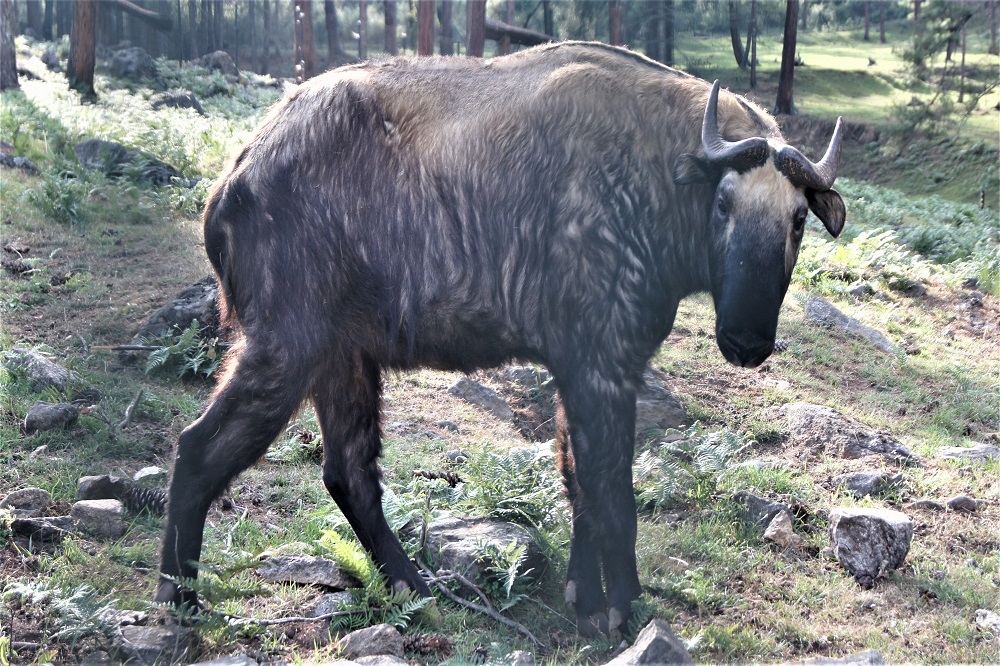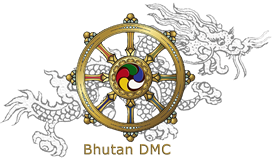Takin Festival - A festival to raise awareness on the conservation & protection of Bhutan’s mythological animal Takin at its natural habitat
Takin is Bhutan’s national animal and mythology of its origin dates back to time of Lama Drukpa Kuenley (1455-1529) who is also known as ‘Divine Madman’. Legend has it that a group of devotees requested the Lama to perform a miracle and he said to have placed the goat’s head on the cow’s body and commanded the skeletal amalgam to rise and graze on the lush mountains and that’s how Takin came to life.
The Bhutan Takin (Budorcas taxicolor) is a vulnerable subspecies of the Takin native to Bhutan and a type of sheep which is found in wooded valleys as well as rocky grass-covered alpine zones at altitude 1,000 m to 4,500 m above sea level.
The Takin Festival is once in a lifetime opportunity to have a close look at Bhutan’s national animal in their native summer grazing grounds. The festival is held at Gasa district (2.1/2-hour drive from Punakha) within Jigme Dorji National Park with objective to raise awareness on the conservation of Takin and also to showcase Bhutan’s rich natural heritage. The festival also aims to create avenues and strive towards financial sustainability by providing off-season eco-tourism opportunities to the tourism sector and provide supplemental income opportunities to the highland communities.
Jigme Dorji National Park, located in North-Western part of Bhutan is the second largest natural preserve in the country and one of the richest in terms of cultural and biological diversity among the protected areas. It is also one of the oldest national parks in the country, established in 1974 as a wildlife sanctuary in memory of late Third King of Bhutan, Jigme Dorji Wangchuck and after the major revision of protected area system in the country, it was further upgraded to national park.
HOTELS IN THIMPHU
HOTELS IN PUNAKHA & WANGDUE
HOTELS IN GANGTEY
HOTELS IN TRONGSA
HOTELS IN BUMTHANG
HOTELS IN MONGAR
HOTELS IN TRASHIGANG
HOTELS IN SAMDRUP JONGKHAR
HOTELS IN PHUENTSHOLING
HOTELS IN HAA
HOTELS IN GELEPHU
HOTELS IN ZHEMGANG
RESTAURANTS IN PARO
RESTAURANTS IN THIMPHU
RESTAURANTS IN PUNAKHA
TOUR ITINERARIES
TREKKING ITINERARIES
SPECIAL INTERESTS TOURS
UNIQUE FESTIVALS & FAIRS
BLOG



